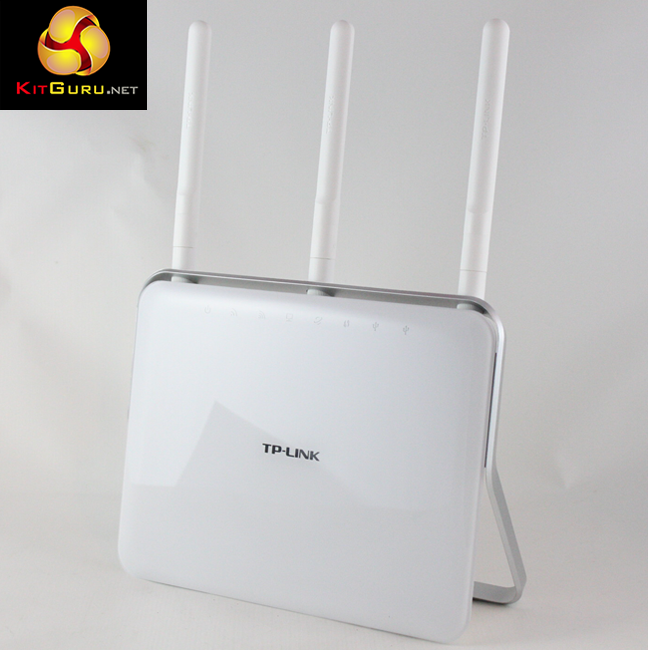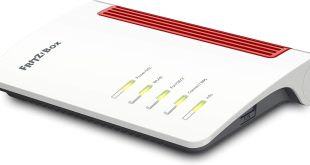Everything considered, we are quite impressed by the TP-Link Archer C9 AC1900 Dual Band Wireless Router. It offers an impressive feature set considering the price positioning of the unit, competing with a significantly more expensive units. We were also very impressed with the level of build quality offered by the router.
In terms of performance the Archer C9 can deliver the goods. We were particularly impressed with the expanded range when using the AV500 WiFi kit which has the unique benefit of connecting to the main router through the power network, meaning that it can be placed wherever in your house you desire.
The router is very easy indeed to set up – we simply plugged in all the cables and it was ready to go. The Av500 kit is very simple to configure too, only requiring you to press two buttons to get it up and running. The browser interface offered by the Archer C9 is one of the best we have experienced. It boasts an intuitive layout and all of the configuration options we could possibly ask for.
At a price of £120 from Amazon, we think that the TP-Link Archer C9 AC1900 Dual Band Wireless Router offers reasonable value for money. The TP-Link AV500 WiFi kit is available for an additional £60 from Amazon. Although this may sound quite expensive, it will certainly be worthwhile for those users who suffer from poor wireless coverage across their home. We would probably opt for the version without a power socket pass through, though, as this saves £10.
Discuss on our Facebook page, over HERE.
Pros
- Good performance.
- Easy set up.
- Simple browser interface.
- Decent value for money.
Cons
- Can only position vertically.
Kitguru says: A decent pair of products which are ideal for those looking for decent wireless performance and might struggle with range issues.
 KitGuru KitGuru.net – Tech News | Hardware News | Hardware Reviews | IOS | Mobile | Gaming | Graphics Cards
KitGuru KitGuru.net – Tech News | Hardware News | Hardware Reviews | IOS | Mobile | Gaming | Graphics Cards





There is a comment where the author types “Tenda” instead of “TP-Link”. I believe they are completely separate companies, absolutely no connection and from all the radio-chipset tests, use completely different components. TP-Link is earning a great reputation while Tenda has earned an opposite one.
I don’t criticise the Mounting Orientation limitation. Just about every router is meant to be mounted one way OR another way. This can be laid on its side, after all. AND the stand (or frame) can be clamped sturdily to any other object for any multitude of mounting orientations.
What you SHOULD criticise is the antennas are NOT moveable. They are screwed into the frame then into the case (like most swivel antennas) but the frame locks them into one and only one orientation. It’s not the router that is the problem – it’s the lack of swivelable-moveable antennas, and more and more studies show it’s the antenna orientation that is THE problem or THE solution for better signals.
Not this “vertical only” mounting complaint.
Also, your comments about powerline adapters make them sound like Be-All / End-All solutions. They’re NOT. With most dwellings’ wiring configurations, they work in some rooms, but not others because of circuit breakers, wiring construction faults or whatever. Fortunately, the setup is indeed very easy – “two buttons and they work.” Or rather, they may not work. But this too is rather a luxury – Powerline Adapters have that rather wonderful feature – they work out of the box, or they don’t! There’s no settings to adjust, only locations inside a dwelling to test. They’ll either work after a few minutes of sync’ing attempts, or they never will; and then move them to a different power-outlet and try again with the “two button” setup. Very quick, compared to most other networking products! Buy locally, and it’s much easier to return them IF they don’t work.
◔◔◔◔Make over 13k/M0NTH@af30:
Going
Here you Can
Find Out
►►► http://WorkOnlineMedias.com/profitable/2015…